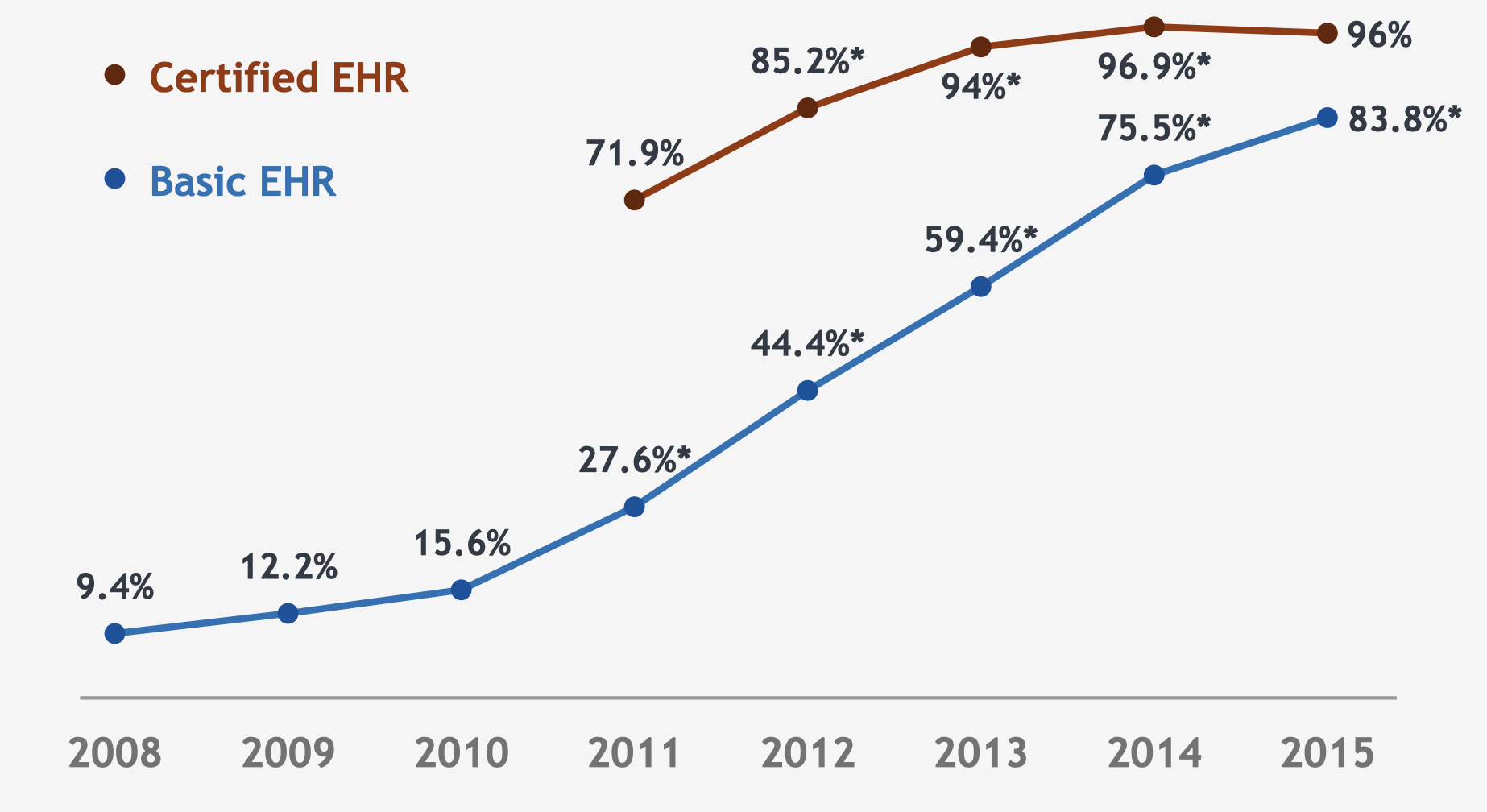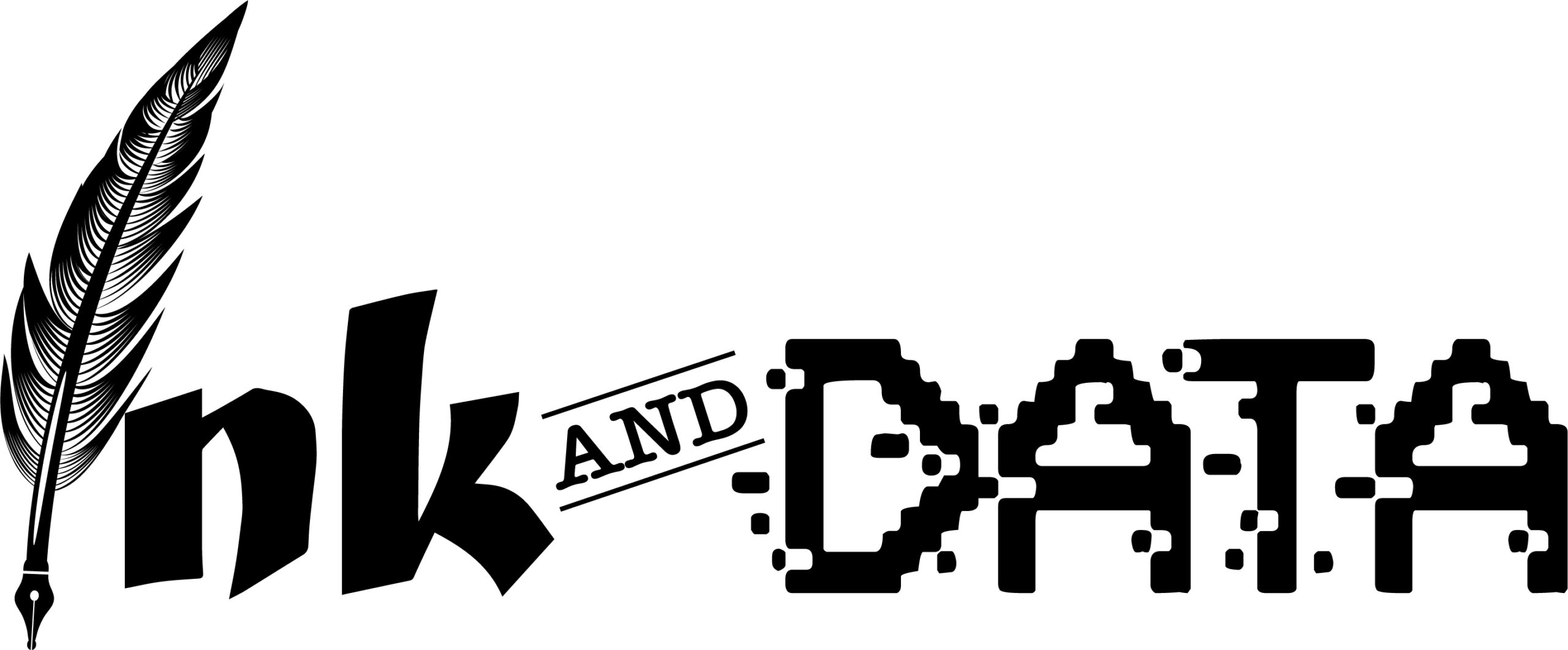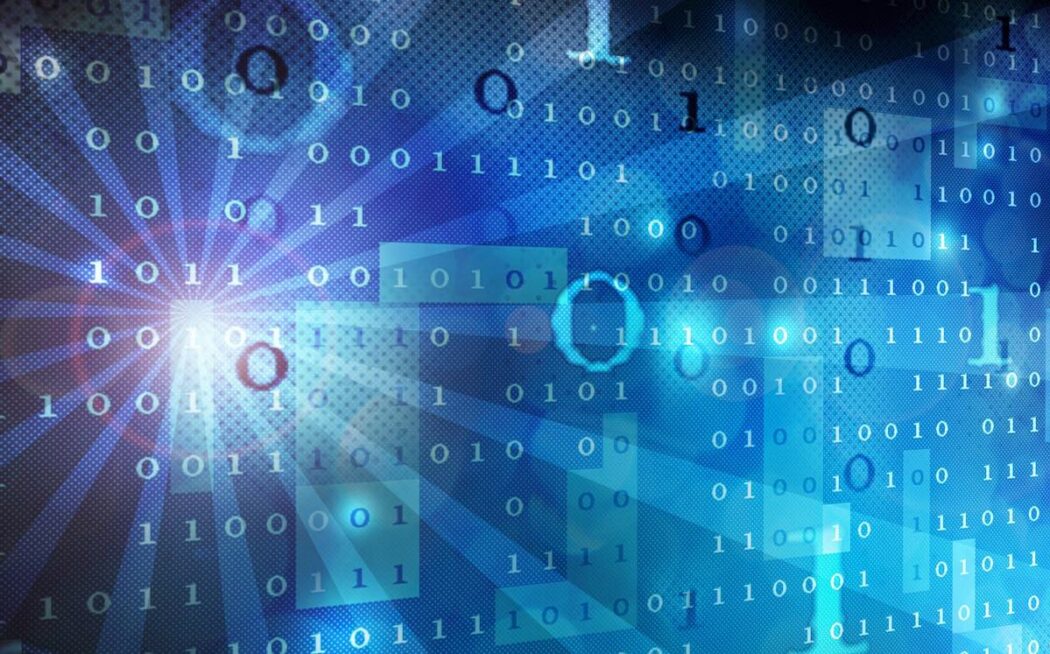We receive healthcare information through our phone, e-mail, web platforms, and even mail. One might be tempted to think it has been this way for decades. Much of this multi-channel delivery has been driven by the huge growth in healthcare data and information technology. But you don’t have to go too far back to a time when healthcare communications were all delivered by the United States Post Office. They were also much more rudimentary due to limitations in technology and data.
I am launching a new blog category called Friday Flashback. These posts will focus on how communication technologies and healthcare data have changed over the last thirty years. This will not be a scientific dissection of all the technology and issues. The posts will detail some of the barriers, but highlight many of the wonderful workflow and technology breakthroughs that led to massive change in how patient communications are delivered.
I’ll start by documenting a time when almost every healthcare communication was classified as transactional or promotional. Follow on posts will highlight some of the key changes in these classes of communications and how the lines between them have blurred over the years.
Transactional: How much do I owe?
Transactional communications are applications like bills or statements. Traditionally they had the following characteristics:
- Printed on a defined timeline like monthly or quarterly
- Heavy use of personal information
- May be governed by some regulations (HIPAA for healthcare)
Healthcare and financial industries create most of the transactional communication volume. In healthcare this might be your health provider bill or your explanation of benefit statement from your insurance company.
Promotional: What do you want me to buy or do?
Promotional communications are typically marketing messages or some call to action. Traditionally they had the following characteristics:
- Campaign based meaning they were scheduled as needed or desired
- Heavy use of color printing and graphics
- Little to no use of personal information
Brochures, handouts, and inserts in direct mail are examples of promotional communications.
Transactional and promotional printing was more distinct 30 years ago because the technologies and workflows used for each of these communications were very different.
Desktop computing and the Internet changed all of this. By the late 1990s you started seeing trans-promotional communications where promotional messaging was inserted into transactional communications. Secondly you started seeing growth in multi-channel delivery via websites and email. These technologies enabled the first true personalized communications: providing the right information in the preferred format at the right time.
What about data?
The amount of healthcare data stored digitally is exponentially larger than it was 30 years ago. There were rudimentary systems in place that digitally stored patient data at a local level, but the explosive growth in healthcare data has been driven by the implementation of Electronic Health Records (EHR) systems. Take a look at the following graphic regarding EHR implementation in Non-federal acute care hospitals.

This graph is from the Office of the National Coordinator for Health Information Technology. The associated article highlights how little patient data in health systems was actually stored digitally. Up until 2008 less than 10 percent of Non-federal Acute care hospitals had basic EHR installed!
Where will this go?
Every post in Friday Flashback will explore changes in transactional communications, promotional communications and healthcare data. This will be a high level discussion meant to show (1) how far we have come and (2) capabilities for coordinated and personalized communications have been around for a long time. Given the growth of population health technology and data over the last 10 years we are poised to transform health care communications for chronically ill populations.


No Comments